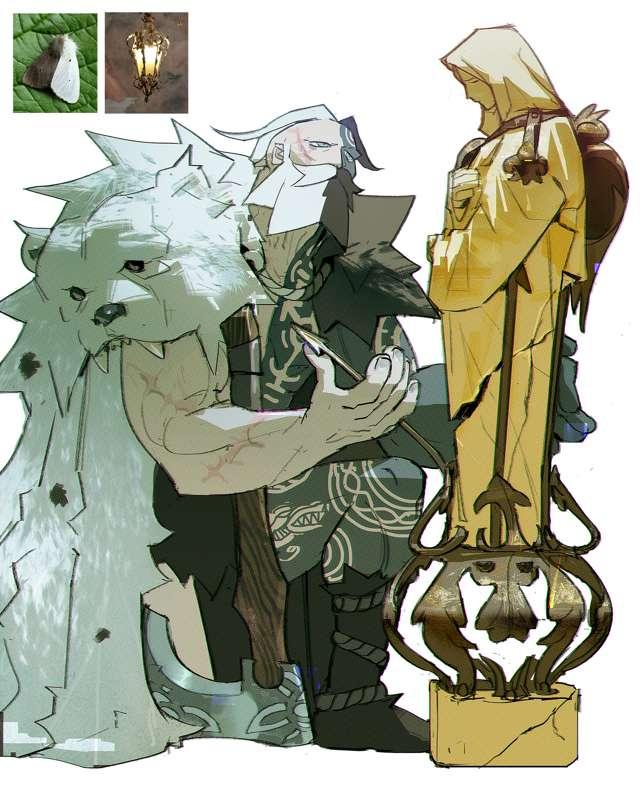ramonn90
Tips for Studying Full-Body References - Anatomy!
Published: July 9th 2024, 7:00:07 pm

Hey everyone! Here are some tips for approaching references for anatomy studies.
Body Weight
Start by asking where the body is resting its weight. Sometimes dynamic poses have the weight resting on one leg. Certain characteristics of the leg that carries this weight include a straight leg with the hip side being higher in relation to the other side. Additionally, it is located further away from the center of the body in relation to the foot, which is facing inwards. Why is this so important? Because drawing the proper position of body weight will set other key aspects of the body, like the shoulders, for instance.

Maybe the person in your reference is not standing no problem. Whether they are sitting or lying down, at some point the body weight is subject to gravity. Focus on finding out where this point is and positioning the center from which the rest of the body will stand.
Shoulders in Opposition
When you walk or stand with the weight on one leg, the shoulder directions tend to be opposite. For instance, if the right side of the hips is higher, the left shoulder should be higher in relation to the right shoulder. This sort of rule of thumb in anatomical gesture helps to balance the posture. This mostly applies to resting standing gestures.

Correction Guidelines
There are plenty of anatomy methods to check if the drawing proportions are right or if the gesture is properly balanced. It depends on what you value visually in your anatomical shapes. For instance, if you prefer realistic proportions, you can divide the body into a number of times the size of the head. If it's gesture, perhaps a line that goes from head to toe just to see if it matches the top of the head and ensures the body is not incorrectly inclined. Ultimately, you can try to draw from the eye and then position the line art on top of the reference just to check what might be off. I discussed this particular approach a few weeks ago in the "How to draw legs" article.

What method of correction do I use? I like to choose two or more points of the reference and compare their positions by making straight lines. If those exact same straight lines on top of my drawing don't match the exact same points, I make the adjustment and then focus on corrections for secondary points of interest. This way, I ensure a proper execution of things I care about, like the face, hips, hands, and so on. Again, it will depend on the reference, but consider this when doing corrections: you don't need to make everything exactly like the study. Prioritize two to three things in your drawing and leave the rest for your intuition to solve.
 Whatever method you decide to go with, use tools like Ctrl+T warp so you don't redraw the whole study but make the necessary changes in the current one.
Whatever method you decide to go with, use tools like Ctrl+T warp so you don't redraw the whole study but make the necessary changes in the current one.
.
Tomorrow, I'll be sharing the process video of this piece along with the files and insights. They will be available for Mastering Maestro tier and above. Feel free to upgrade if you want more insights about my work.
Welcome to all new patrons! Feel free to drop any questions here in the comments, via DMs on Patreon, or in our Discord group. I'll be more than happy to answer and track your progress.
For more information, check out our Patreon FAQ: https://ramonn90.myportfolio.com/faq and Patreon Catalogue: https://ramonn90.myportfolio.com/work
Thank you for your support.